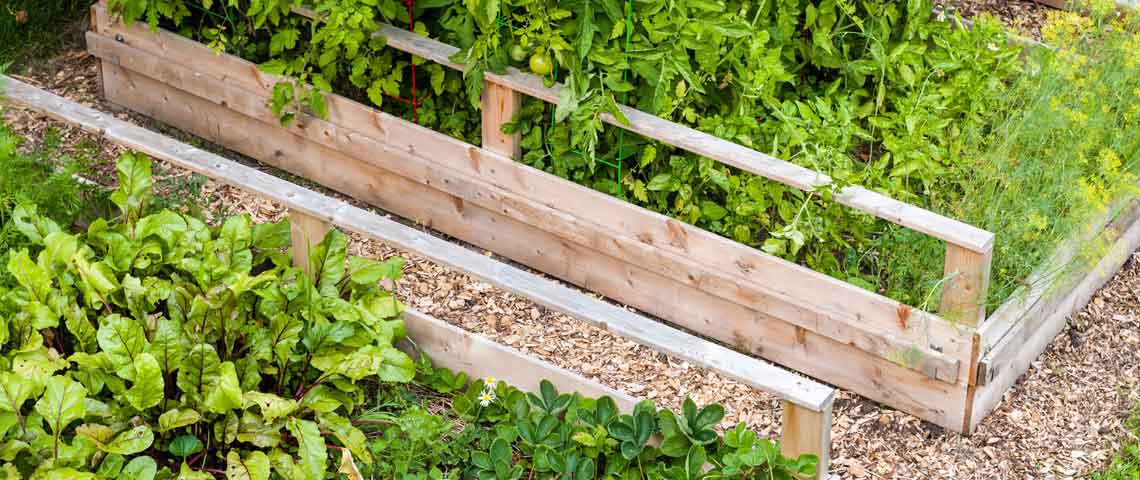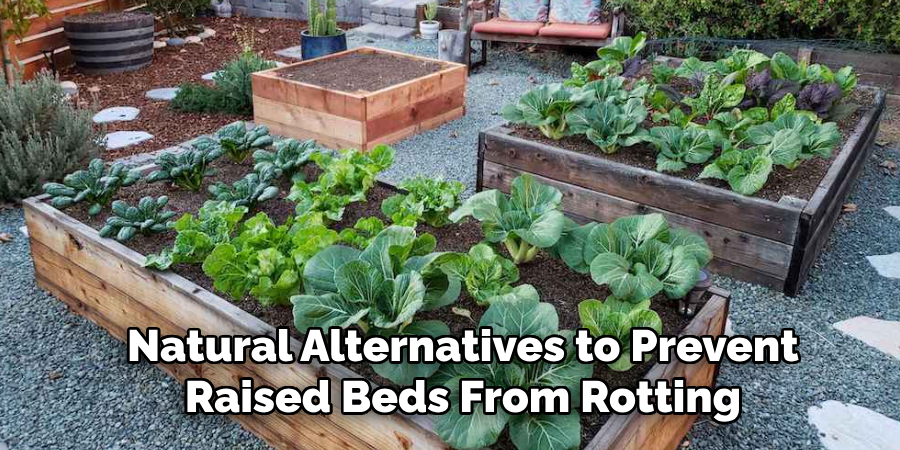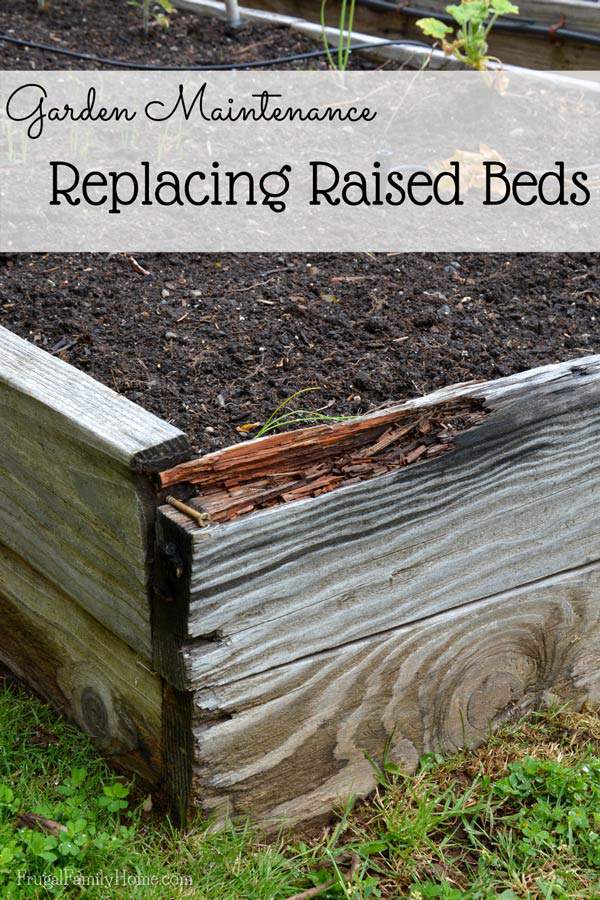To prevent raised beds from rotting, use rot-resistant materials like cedar or redwood and line the beds with plastic sheeting to create a barrier between the soil and the wood. Ensure proper drainage by adding gravel or rocks at the bottom of the beds, and strategically place the beds in a location that receives sufficient sunlight and airflow.
Additionally, periodically check for any signs of rot or decay and make necessary repairs or replacements promptly. Raised beds are a popular choice for many gardeners due to their numerous advantages, such as improved soil quality, better drainage, and easy accessibility.
However, one common concern is the potential for these beds to rot over time. Rotting can occur due to moisture exposure and prolonged contact between the soil and the materials used to construct the beds. By following a few practical tips, you can prolong the lifespan of your raised beds and maintain their structural integrity. This article will explore various strategies to prevent raised beds from rotting, ensuring that your gardening efforts yield fantastic results for years to come.

Credit: www.pennington.com
The Importance Of Preventing Raised Bed Rotting
The prevention of raised bed rotting is crucial for successful gardening. Raised garden beds offer several benefits such as improved drainage and easy access for gardeners. However, if left unchecked, rotting can have negative effects on the beds. It is important to ensure proper drainage and ventilation to prevent water accumulation and fungal growth.
Regularly inspecting the beds for signs of rot and treating them promptly can help extend their lifespan. Using rot-resistant materials like cedar or composite lumber can also help prevent rotting. Additionally, applying a protective sealant or lining the interior of the beds with plastic can provide an extra layer of defense against moisture.
By taking these preventive measures, you can enjoy the benefits of raised garden beds without the worry of rotting.
How to Stop Raised Beds Rotting: Step by Step Guide
Understanding The Causes Of Raised Bed Rotting
Understanding the causes of raised bed rotting is crucial to prevent this issue. Overwatering and poor drainage can lead to rotting. Low-quality or untreated wood is another factor that contributes to this problem. Lack of ventilation is also a common cause of raised bed rotting.
To ensure the longevity of your raised beds, it is important to address these factors. Proper watering and drainage practices, along with using high-quality, treated wood, can help prevent rotting. Additionally, ensuring adequate ventilation in and around the raised beds is essential.
Understanding these causes and taking preventive measures can help extend the lifespan of your raised beds and keep them rot-free.
Essential Steps To Prevent Raised Bed Rotting
Essential steps to prevent raised bed rotting include choosing the right location. Opt for durable and rot-resistant materials, such as cedar or composite lumber. Properly prepare the soil by removing weeds and adding organic matter. Install a drainage system to prevent water buildup and root rot.
Apply protective coatings, like linseed oil, to increase the bed’s lifespan. Regularly inspect and maintain the raised bed, checking for any signs of rot or damage. By following these guidelines, you can ensure your raised beds remain strong and free from rot, providing a healthy environment for your plants to thrive.
Maintain A Rot-Free Raised Bed
Raised bed gardening is a popular choice for many gardeners. To maintain a rot-free raised bed, it is important to monitor moisture levels regularly. Removing debris and dead foliage helps prevent rot. Avoid over-fertilization, as it can lead to excess moisture and decay.
Rotating crops is also beneficial, as different plants have varying needs and can help prevent the buildup of pests and diseases. Implementing natural pest control methods, such as companion planting or using organic pesticides, can further protect the raised bed from rot.
By following these guidelines, you can ensure that your raised beds remain healthy and rot-free for years to come.
Frequently Asked Questions Of How To Stop Raised Beds Rotting
How Can I Prevent Raised Beds From Rotting?
To prevent raised beds from rotting, you can line them with plastic sheeting to create a barrier between the soil and the wood. Another option is to use naturally rot-resistant materials like cedar or redwood. Additionally, regular maintenance such as removing debris and treating the wood with a waterproof sealant can help prolong the life of your raised beds.
What Causes Raised Beds To Rot?
Raised beds can rot due to excessive moisture, which can cause the wood to warp and decay over time. The constant contact with moist soil can promote fungal growth and lead to rotting. Additionally, using untreated wood or low-quality materials can contribute to the degradation of the raised beds.
How Long Do Raised Beds Typically Last?
The lifespan of raised beds depends on several factors, including the type of wood used, the design of the beds, and how well they are maintained. In general, raised beds can last anywhere from 5 to 20 years. Properly constructed and well-maintained raised beds can last longer, especially if they are made from rot-resistant materials such as cedar or redwood.
Can I Use Pressure-Treated Wood For Raised Beds?
Using pressure-treated wood for raised beds is generally not recommended, especially if you plan to grow edibles. Pressure-treated wood contains chemicals that can leach into the soil and potentially be absorbed by the plants. It is best to use untreated or naturally rot-resistant wood for raised beds to ensure the safety of your crops.
Are There Any Natural Alternatives To Prevent Raised Beds From Rotting?
Yes, there are natural alternatives to prevent raised beds from rotting. One option is to use naturally rot-resistant woods such as cedar or redwood. These types of wood contain natural oils that make them resistant to decay. Another alternative is to use stone or concrete blocks to construct the raised beds, which are durable and long-lasting.

Conclusion
Preventing raised beds from rotting is crucial for their longevity and the health of your plants. By following the tips outlined in this blog post, you can ensure that your raised beds remain in optimal condition for years to come.
Firstly, choosing the right materials, such as untreated wood or durable composite materials, can significantly reduce the risk of rot. Secondly, using a liner or barrier between the soil and the wood can provide an extra layer of protection. Next, proper drainage is essential, so ensure that your raised beds have adequate drainage holes.
Additionally, regularly inspecting and maintaining your raised beds, including removing debris and treating any signs of rot, will help extend their lifespan. Finally, incorporating organic matter into the soil can improve its structure and drainage. By implementing these strategies, you can enjoy a thriving garden with long-lasting, rot-free raised beds.

